QuestionHello. I adopted a puppy about six months ago, he is becoming more and more difficult despite some successful training. I have worked with his successfully on come, sit, heel, down and leave it commands - but over the past two weeks he has become more and more difficult, refusing to listen and reverting back to bahavior he exhibited when I first got him. Additionally, he has started to chew, this has never been a problem in the past. I have tried setting traps to scare him when he wants to chew, I have also tried coating what he likes to chew in vinegar, all of which have been ineffective. Any suggestions are greatly appreciated.
AnswerUntil dog's personalities are mature at 3 years old, they continually challenge other dogs and people in the household for their rank and status. The key to most behavior problems is approaching things using the dog's natural instincts. Dogs see all the people and dogs in the household as a pack with each having their own rank in the pack and a top dog. Life is much easier if the 2 legged pack members outrank the 4 legged ones. You can learn to play the role of top dog by reading some books or going to a good obedience class. A good obedience class or book is about you being top dog, not about rewarding standard commands with a treat. Start at http://www.dogsbestfriend.com/
You may need to be doing more. Structured walks enforcing the proper heel position and you choosing when and where to walk can be very important. Also try some of these exercises:
''Elevation for small puppies: Sit on the floor and gently put your hands around your pup's middle, below his front legs, and lift him up. He is facing you. Hold him for 15 seconds. Repeat until he no longer struggles. If he is past 10-12 weeks, lift his front feet off the ground, but don't pick him up.
Cradling for small puppies: Hold your puppy gently on his back, as you would cradle a small baby. If he struggles, hold him firmly until he quiets for 10-15 seconds. With larger pups, you can do this as your sit on the floor, with your pup between your legs.
Quiet lying down: Place your pup on the floor on his side, with all 4 legs pointing away from you. Use your hands on his neck/shoulder area and middle, to hold him in this position. When he is quiet, praise him. Lengthen the time that you keep him quietly in this position. When he accepts this position well, handle his paws and muzzle, while keeping him quiet.''
The quotes mean this isn't my original work. It is copied from my Puppy Raising Manual. I have long used these or minor variations of them, and they are very effective. You may want to give him a belly rub while he is on his back too. Helps bonding. There is a big difference between him rolling over and demanding a belly rub, and you choosing a time to roll him over and rub his belly. The latter cements your place as pack leader.
A mousetrap is very effective in making a dog leave something alone. Most
dogs will stay away from anywhere they were surprised by a snap. The best
part is that it is not you that is correcting the dog. It works whether you
are around or not. The mousetrap is very patient and is always on task as
long as you reset it.
some dogs learn to evade them.
You can buy a cream or spray called Bitter Apple. it may be more effective than the vinegar.
Better than mousetraps when you aren't around is the crate. Other dogs may
not be as bad as the young Labs I am plagued with. Still your house and dog
will be much safer with the dog in a crate when you are away. The dog may be
happier in its den than loose in the house. It relaxes, it feels safe in its
den. It rests, the body slows down reducing the need for water and relieving
its self. Dogs that have been crated all along do very well. Many of them
will rest in their crates even when the door is open. I think the plastic
ones give the dog more of a safe, enclosed den feeling. They are harder for
dogs to open too. Metal ones can be put in a corner or covered with
something the dog can't pull in and chew. Select
a crate just big enough for the full grown dog to stretch out in.
Leave it some toys. Perhaps a Kong filled with peanut butter. Don't leave
anything in the crate the dog might chew up. It will do fine without even any
bedding. You will come home to a safe dog and a house you can enjoy.
Accidents and damaged possessions are the fault of whoever was watching the puppy. When you are watching it, immediately correct it as soon as it goes for anything except its own toys. In a quiet, but firm voice ''Bad dog, its name drop!''. Gently remove what ever and replace it with one of her toys, or if older, hold eye contact until the puppy drops it.
A dog that has not been crated since it was little, make take some work.
Start out just putting its toys and treats in the crate. Praise it for going
in. If you have been able to trust it with any bedding, put that in the crate.
Feed it in the crate. This is also an easy way to maintain order at feeding
time for more than one dog.

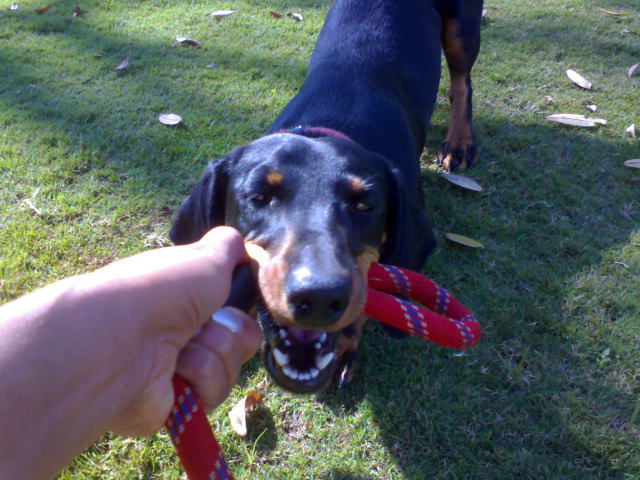 Dog unwilling to eat
Question
Maggie
I have a 4 year old daschund female.She
Dog unwilling to eat
Question
Maggie
I have a 4 year old daschund female.She
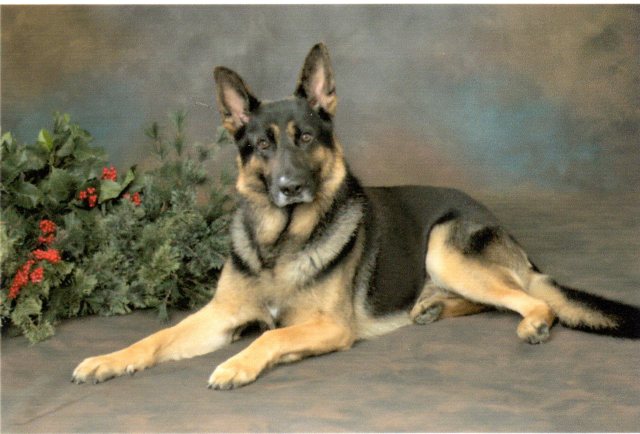 Pinched nerve
Question
Agustus Tybierius vonG
My 4 y/o, intact male G
Pinched nerve
Question
Agustus Tybierius vonG
My 4 y/o, intact male G
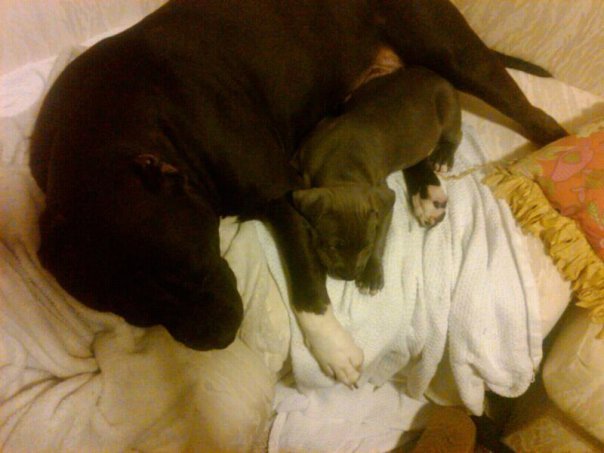 Dog aggression towards puppy
Question
The father and his pup
My older dog is an Amer
Dog aggression towards puppy
Question
The father and his pup
My older dog is an Amer
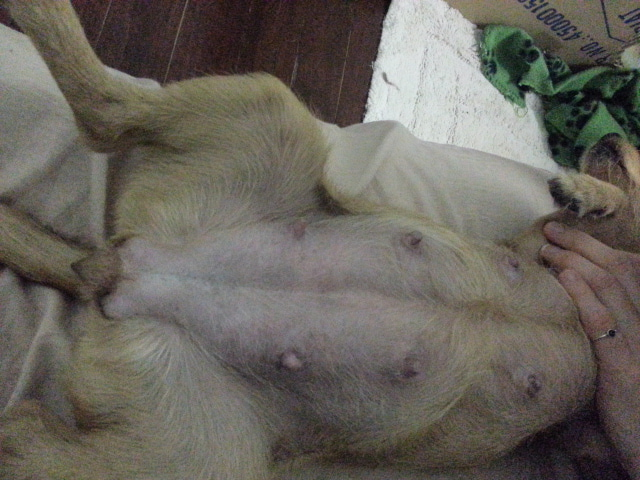 high temp tummy
Question
swollen nipples?
My two year old Jack R
high temp tummy
Question
swollen nipples?
My two year old Jack R
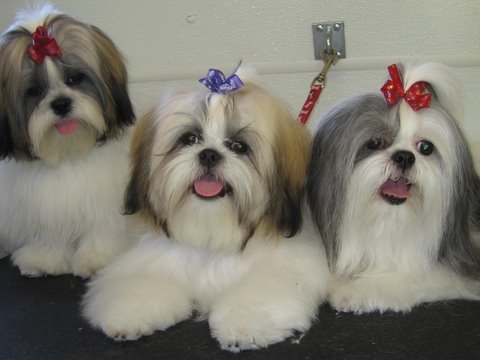 Proper diet for our Shitzus
Question
the two puppies (left)
Dear Patti;
I was nearl
Proper diet for our Shitzus
Question
the two puppies (left)
Dear Patti;
I was nearl